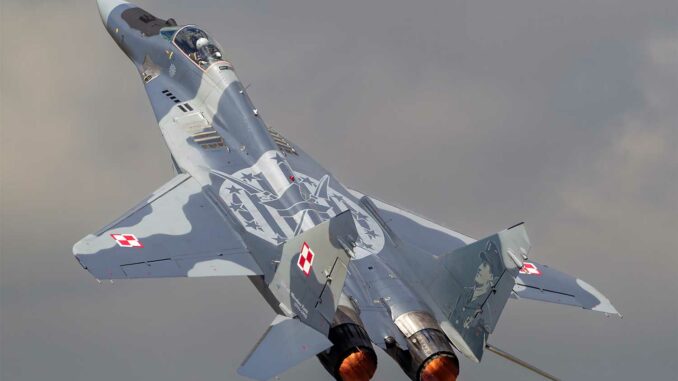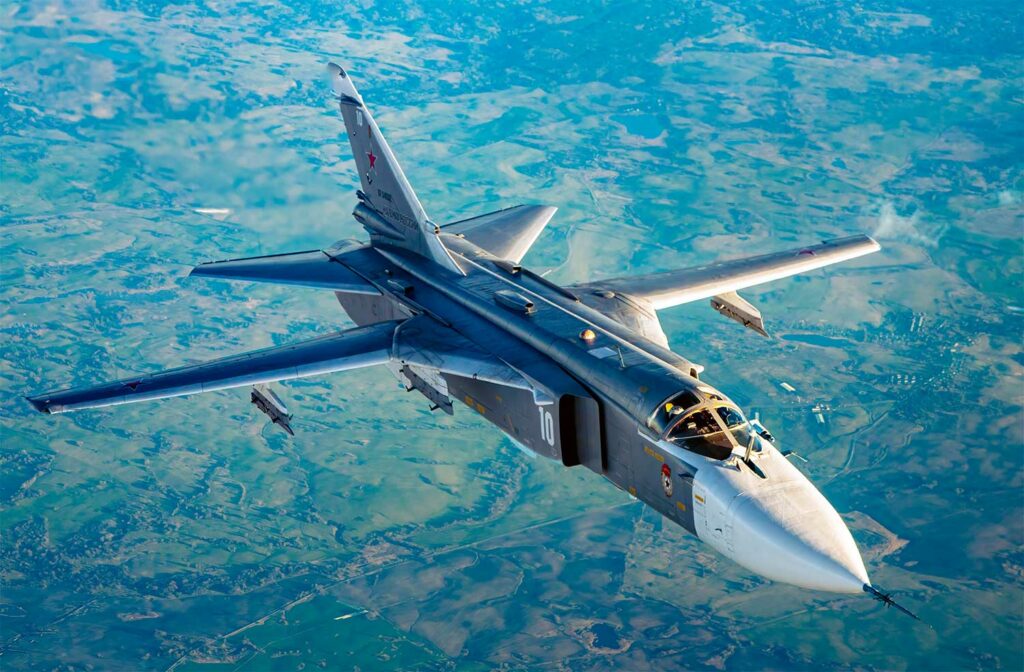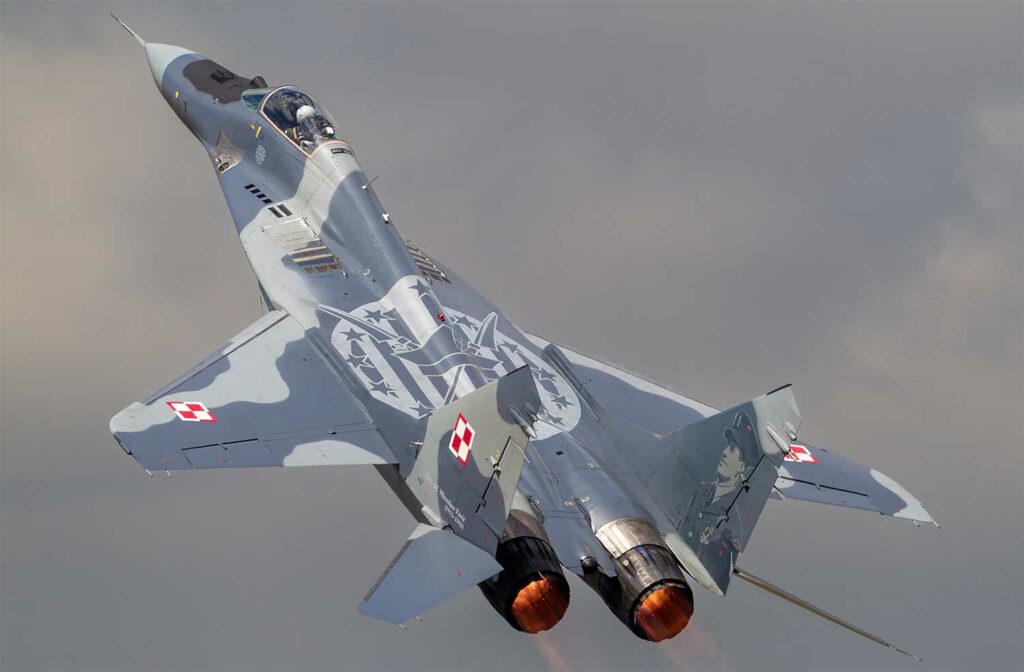
Detailed analysis of the MiG-Sukhoi merger within the UAC and its implications for the Russian aviation industry.
On June 1, 2022, Russia formalized the merger of its two leading fighter jet manufacturers, MiG and Sukhoi, within the United Aircraft Corporation (UAC). This consolidation marks a strategic turning point for the Russian aviation industry, aimed at streamlining operations, reducing costs, and strengthening competitiveness in the global market. However, this decision raises questions about its economic, strategic, and military implications for Russia.
The history of MiG and Sukhoi
MiG and Sukhoi are two pillars of the Russian aviation industry, with distinct histories and major contributions to national defense.
MiG: a legacy of light fighters
Founded in 1939, MiG (Mikoyan) specialized in the design of light, fast fighters. Among its notable achievements are the MiG-15, used during the Korean War, and the MiG-29, a multirole fighter introduced in the 1980s. However, in recent years, MiG has experienced financial difficulties and a decline in orders, mainly due to increased competition in the international market.
Sukhoi: the rise of heavy fighters
Also founded in 1939, Sukhoi focused on the production of heavy fighters and bombers. The Su-27, introduced in the 1980s, marked a turning point with its superior performance. More recently, the Su-35 and Su-57 have strengthened Sukhoi’s position in the advanced fighter aircraft market. Unlike MiG, Sukhoi has managed to maintain sustained production and secure significant export contracts.

Background and reasons for the merger
The merger of MiG (Mikoyan) and Sukhoi within the United Aircraft Corporation (UAC) is the result of a strategic decision by the Russian government to reorganize a sector that is losing momentum and facing growing structural, financial, and geopolitical pressures. By bringing these two historic entities under a single management structure, Moscow aims to streamline the production of Russian aircraft and strengthen the viability of its military-industrial aviation complex.
Streamlining resources
Prior to the merger, MiG and Sukhoi operated as separate design bureaus, each with their own production lines, R&D teams, and industrial strategy. This fragmented structure, inherited from the Soviet era, led to significant inefficiencies, including duplication in technology development and underutilized infrastructure. For example, several multi-role fighter projects were developed in parallel with little synergy, increasing costs. The merger eliminates these duplications by focusing efforts on a few platforms, while standardizing industrial standards and production processes. Reducing engineering and manufacturing costs is a key objective in a context of limited budgetary resources.
Cost reduction and improved competitiveness
In the international fighter jet market, dominated by the United States, China, and the European Union, Russia is gradually losing market share. The Su-57 is struggling to establish itself in export markets, and the MiG-35, intended to replace the MiG-29, has received few firm orders. One of the motivations behind the merger is therefore to strengthen the UAC’s ability to offer competitive products, both technically and commercially. By combining the human and technological resources of MiG and Sukhoi, the state hopes to create a hub capable of meeting global market expectations: reliability, performance, cost of ownership, and compatibility with modern defense systems.
Response to international sanctions
Since 2014, and even more so since 2022, Western sanctions have severely affected Russia’s access to electronic components, embedded software, composite materials, and precision machine tools. In response, the state is focusing on centralizing industrial resources to promote the emergence of sovereign technological solutions. This integration aims to circumvent import bans by developing integrated, national supply chains. The UAC is thus becoming the instrument of a policy of strategic independence in military aircraft production, aimed at ensuring operational continuity despite the country’s growing technological isolation.
The current post-merger situation
Since the merger was finalized in 2022, the United Aircraft Corporation (UAC) has embarked on a fundamental reorganization of the Russian aviation sector. The stated objective is to refocus available resources on a streamlined industrial base with a view to producing more efficient, less expensive and more commercially attractive fighter aircraft. This restructuring is taking place against a backdrop of geopolitical tensions and an urgent need for technological autonomy.
Internal reorganization
One of the first measures taken was to integrate the research and development teams of MiG and Sukhoi. This merger aims to create a single center of expertise capable of designing common platforms, accelerating development cycles, and limiting redundancies. This move is accompanied by the standardization of industrial standards: design methods, simulation software, certification processes, and quality control. The goal is to standardize production lines at the Komsomolsk-on-Amur, Irkutsk, and Lukhovitsy sites in order to make the assembly lines more flexible and easily adaptable to different models. The production management system, long considered obsolete, is being modernized with the introduction of digital monitoring tools inspired by the Western PLM (Product Lifecycle Management) model.
Development of new projects
With this consolidated industrial base, UAC intends to revive its capacity for innovation. Development programs are underway to produce a new generation of Russian fighter jets. Two areas are being focused on: optimizing existing platforms (Su-30SM2, Su-57, MiG-35) with more powerful electronic systems and modernized engines; and designing so-called sixth-generation models. These future aircraft, still at the prototype stage, would incorporate onboard artificial intelligence capabilities, reduced radar signature, network interconnection with other platforms (swarm warfare), and potentially adaptive cycle engines. Although details are still scarce, projects such as the PAK DP (successor to the MiG-31) and a Checkmate-type stealth light fighter are regularly mentioned in official statements.
Retention of the MiG and Sukhoi brands
Despite the centralization of structures within the UAC, the names MiG and Sukhoi retain a strategic function in commercial and diplomatic terms. These brands are firmly established in the minds of foreign customers, particularly in Asia, the Middle East, and Africa. Their removal would create an unnecessary break with long-standing partners who continue to operate MiG-29, Su-27 and Su-30 aircraft in their fleets. The approach adopted is therefore to maintain the brands symbolically while consolidating technical offices and assembly lines. This allows UAC to sell under the Sukhoi or MiG brand while capitalizing on internal industrial synergies.
The post-merger period is characterized by an attempt at controlled redeployment of the sector, combining internal rationalization and technological revival, while maintaining a commercial facade that is understandable to external markets.

Practical, economic, strategic, and military consequences
The merger between MiG and Sukhoi, orchestrated within the United Aircraft Corporation (UAC), has major repercussions for the organization of the Russian aviation industry, its place in the global market, and the military posture of the Russian Federation. It aims to reorient Russian industrial capabilities towards an integrated model that is more resilient, more competitive, and better aligned with current geopolitical imperatives.
Economic advantages
One of the main objectives of the merger is to reduce structural costs. Prior to this restructuring, each office had its own network of suppliers, assembly lines, and logistics services. Centralization now makes it possible to generate substantial economies of scale. According to estimates published by Rostec, the holding company that oversees the UAC, the rationalization could lead to a 15-20% reduction in overall production costs by 2026, thanks to the pooling of infrastructure, engineering, and purchasing.
At the same time, UAC can now offer a unified range of Russian fighter jets, from the Su-30 to the Su-57 and the MiG-35, meeting a wider range of customer requirements (weight, range, avionics, stealth, etc.). This increases the competitiveness of Russian products against manufacturers such as Lockheed Martin (F-16, F-35), Dassault Aviation (Rafale), and Chengdu Aircraft Corporation (J-10, J-20). The aim is also to increase exports, which have fallen significantly since 2014. Recent export contracts with India, Algeria, and Vietnam are directly affected by this industrial consolidation policy, which aims to restore the perceived reliability of Russian manufacturing.
Strategic and military impacts
From a strategic point of view, the merger responds to an urgent need: to regain technological autonomy after the disruption of supply chains imposed by Western sanctions. By consolidating expertise within the UAC, the Kremlin hopes to accelerate the development of critical components (AESA radars, engines, electronic warfare systems) without resorting to foreign partners. This reduces the military sector’s vulnerability to trade restrictions, particularly in the field of microelectronics.
On the military front, the merger also aims to accelerate fleet renewal. The Russian Air Force (VKS) has an aging fleet, consisting largely of Su-24, Su-25, and MiG-29 aircraft, whose operational availability varies. Simplifying supply chains and optimizing industrial processes should increase the delivery rate of new aircraft, particularly the Su-34M, Su-35S, and the first batches of Su-57s.
Finally, in a context of prolonged confrontation with NATO and increased militarization of airspace, Russia must adapt its air doctrine. The merger will allow for greater doctrinal consistency between existing platforms and offer enhanced adaptability in the face of advanced defense systems (Patriot PAC-3, SAMP/T, F-35). The integration of programs into a single structure allows for better joint planning, simplified maintenance, and increased standardization of onboard equipment.
The effects of this consolidation go far beyond a simple administrative reform: it redefines how Russia intends to design, produce, sell, and use its fighter jets in an unstable and competitive international environment.
War Wings Daily is an independant magazine.